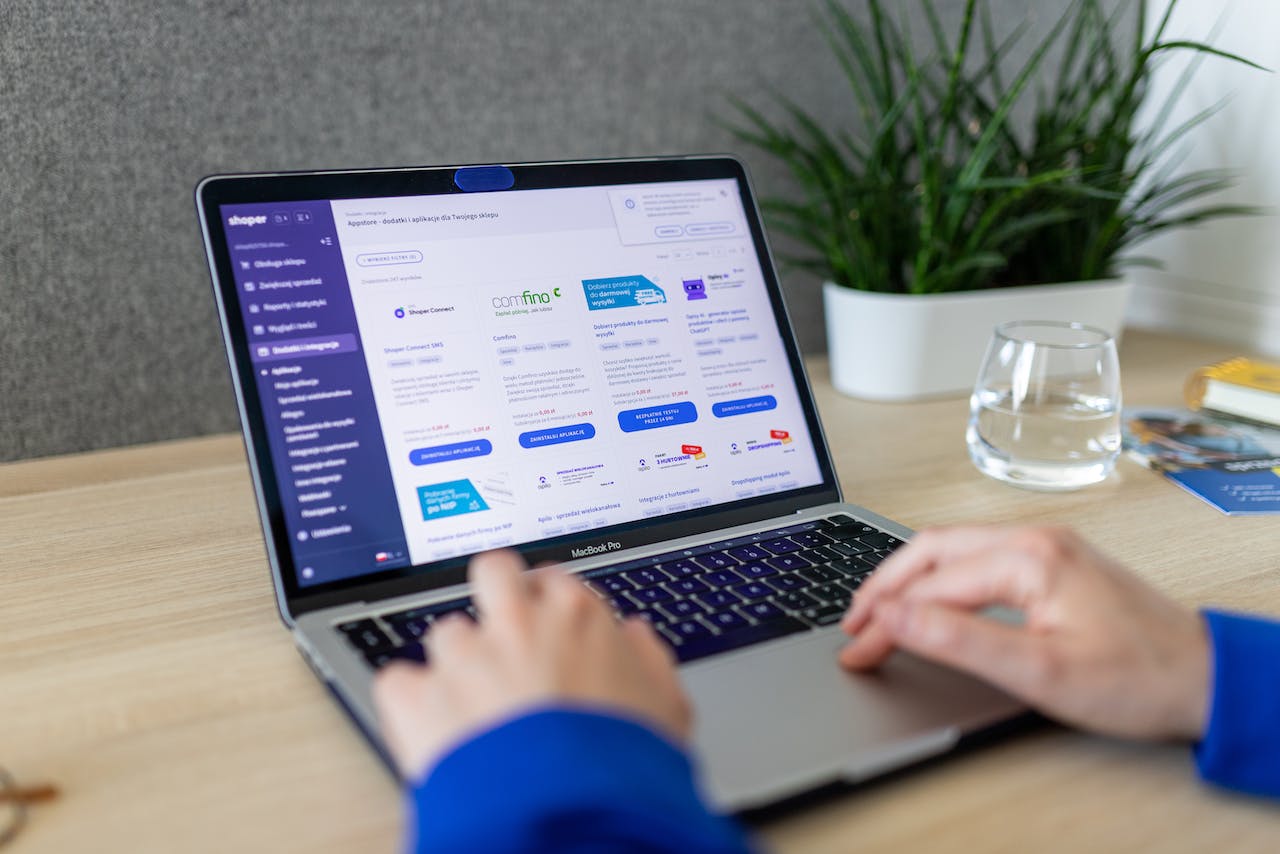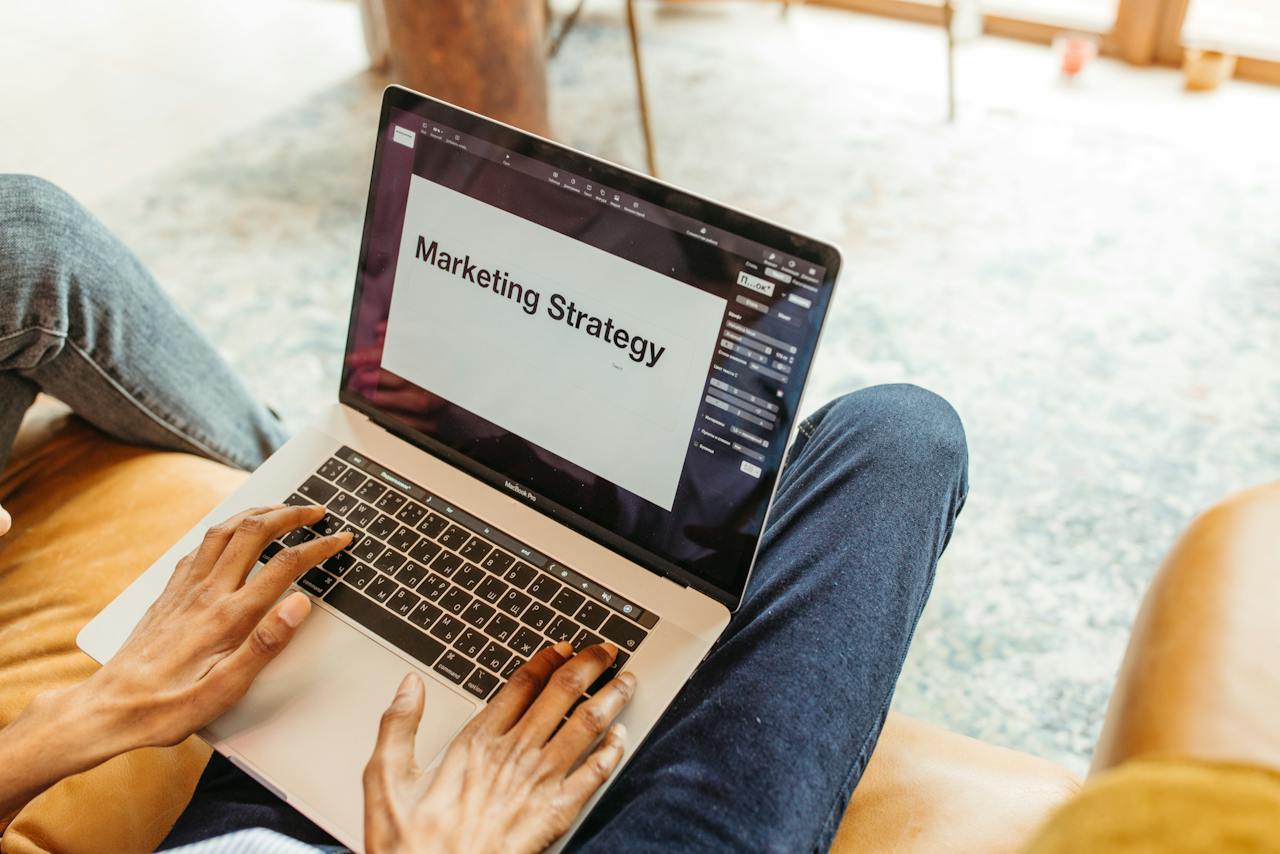Unlocking the Power of Sales Training: The Art of Sales Soft Skills
Welcome to an exciting journey into the heart of sales training! Here, we’re not focusing on the nuts and bolts of product knowledge or mastering the art of closing a deal. Instead, we’re diving into the world of sales soft skills.
An often overlooked yet crucial component that can truly supercharge your sales performance. These are the skills that turn good salespeople into great ones. They improve communication, foster empathy, and build strong, lasting client relationships.
Ready to unlock their power? Let’s get started!
What Are Sales Soft Skills?
Sales soft skills refer to a set of personal attributes and abilities. It allows salespeople to navigate the complex world of selling effectively. They include communication, empathy, adaptability, and resilience, among others.
These skills complement technical skills like product knowledge. It can make all the difference between a successful salesperson and an exceptional one.
Sales soft skills lay the groundwork for a satisfying and fruitful customer interaction. It’s not just about selling a product or a service. It is also about knowing customers’ needs and adapting to their preferred style of communication.
The Role of Soft Skills in Sales
Technical skills may be necessary to understand a product or service. But it is the soft skills that truly connect salespeople to their clients.
They allow for effective communication and build trust and rapport with potential customers. This can make all the difference when it comes to closing a deal.
In today’s highly competitive market, customer experience is paramount. Sales soft skills have become even more crucial.
They can help differentiate a brand and build long-lasting relationships with clients. Leading to repeat business and positive word-of-mouth referrals.
The Top Sales Soft Skills
So, what are some of the most important sales soft skills? Here are six that every successful salesperson should possess:
Communication
Communication skills encompass both active listening and effective speaking. Salespeople must be adept at listening to the needs and concerns of their clients. Understand their pain points and communicate the unique value proposition of their product or service.
Empathy
Understanding the emotions, perspectives, and motivations of others is vital. It helps build strong and lasting relationships.
Genuinely put yourself in your client’s shoes. That way, you can better understand their needs, challenges, and aspirations.
This allows you to tailor your approach, messaging, and solutions. Helping to address their specific pain points and provide maximum value.
Adaptability
The ability to adapt to different situations, personalities, and market conditions is crucial. Not all clients are the same. A successful salesperson must possess the flexibility and agility to adjust their approach.
They must have communication styles and strategies based on the unique context of each client interaction. This ensures that you can effectively address their individual needs and preferences. Ultimately increasing the chances of a successful sale.
Resilience
Rejection and setbacks are an inherent part of the sales journey. It takes resilience, determination, and a growth mindset to bounce back from failures.
A salesperson sees rejection as an opportunity for improvement and learns from their experiences. They must use them as motivation to enhance their skills, strategies, and performance.
This resilience enables them to persevere through challenges. They can maintain a positive attitude and ultimately achieve long-term success.
Time Management
In the fast-paced world of sales, time is a valuable resource. A successful salesperson must be proficient in managing their time effectively. Prioritizing tasks to maximize productivity and efficiency.
This involves setting clear goals, and planning and organizing daily activities. Also, utilize various time management techniques to ensure that vital tasks are all completed.
By optimizing their skills, sales professionals can achieve higher levels of productivity. They can meet deadlines, and focus on activities that drive revenue and growth.
Problem-Solving
In the course of a sales cycle, many challenges and obstacles may arise. A top-notch salesperson will possess strong problem-solving skills. It will help them identify, analyze, and overcome these hurdles.
This involves thinking creatively, making informed decisions, and implementing solutions. Addressing client concerns while aligning with the organization’s objectives.
The ability to solve problems effectively can significantly improve customer satisfaction. It can lead to successful sales outcomes and contribute to a company’s success.
Training and Development Strategies
To harness the power of sales soft skills, they must be continuously developed. This involves implementing training and selling skills development strategies. It should be all tailored to the specific needs and strengths of the sales staff.
It’s not just about attending a one-time training session. It’s also adopting a culture of continuous learning and improvement. This might involve role-playing exercises, feedback sessions, coaching, and mentoring.
They can do this along with the use of technology-enhanced learning platforms. Let’s delve deeper into the strategies that can foster growth and enhancement.
Role-Playing and Feedback
One of the most effective ways is through role-playing exercises. These involve simulating real-life customer interactions. It also provides constructive feedback on areas that need improvement.
This allows salespeople to practice their communication, empathy, and adaptability. They can also enhance problem-solving skills in a safe and supportive environment. With regular practice, they can hone these skills and gain confidence in handling different scenarios.
Coaching and Mentoring
Another valuable tool for developing soft skills is sales coaching and mentoring. Experienced sales professionals can share their knowledge, expertise, and best practices. They can do this with new or less experienced team members through coaching sessions.
They can also provide personalized feedback and advice on how to improve specific soft skills. Such guidance and mentorship can significantly enhance a salesperson’s skills and performance.
Technology-Enhanced Learning Platforms
In today’s digital age, technology has transformed the way we learn and develop our skills. Sales soft skills training is no exception. With the use of virtual learning platforms, sales professionals can access training modules. They can join webinars and other educational resources anytime, anywhere.
This makes it easier to fit learning into their busy schedules and allows for self-paced learning. Additionally, virtual simulations can also be used to practice communication. It can improve empathy, and problem-solving skills by replicating real-life scenarios.
Unleashing Your Sales Potential: Harnessing the Power of Soft Skills
Mastering sales soft skills is pivotal in navigating the intricate landscape of sales. These skills amplify your ability to communicate effectively. It helps in empathizing with customers and adapting to varying scenarios.
They also enhance your time management and problem-solving abilities. Harness the power of these soft skills and boost your sales potential!
Take your sales skills to the next level by exploring more insightful articles on our blog. Discover a wealth of strategic insights and practical advice. Visit our blog today!





